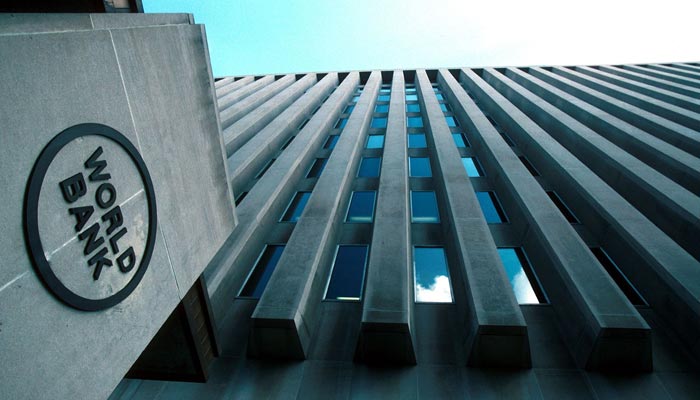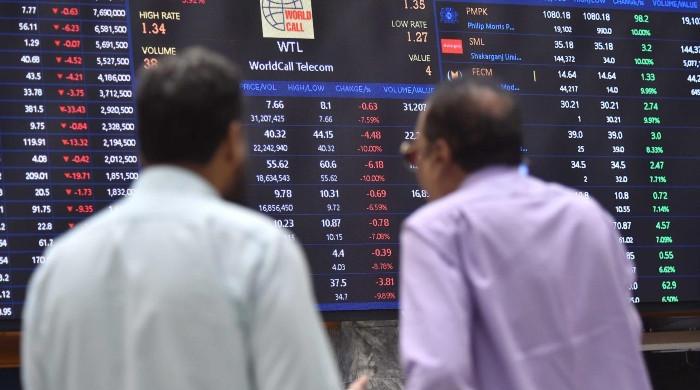World Bank forecasts 3.4% growth for Pakistan in FY22
Bank says "Pakistan will benefit from reforms boosting export competitiveness, enhancing financial viability of power sector"
January 12, 2022

- Growth in Pakistan surprised on the upside, World Bank notes.
- Bank forecasts Pakistan’s growth rate to clock in at 4% next year.
- Global growth is expected to decelerate markedly to 4.1% in 2022.
The World Bank has kept Pakistan’s economic growth forecast for the fiscal year 2021-22 unchanged at 3.4%.
The Washington-based lender on Tuesday released its Global Economic Prospects report 2022, which projected that both the advanced and developing economies would further slow down after showing recoveries last year.
“Growth in Pakistan surprised on the upside, supported by improving domestic demand, record-high remittance inflows, and a narrow targeting of lockdowns,” the World Bank noted.
It further stated that in Pakistan, high inflation led to the removal of monetary accommodation.
The bank said that growth prospects have improved since June 2021, largely because of better prospects in Pakistan.
“Pakistan will benefit from structural reforms boosting export competitiveness and enhancing the financial viability of the power sector,” the global lender noted.
The bank said that following a strong rebound in 2021, the global economy is entering a pronounced slowdown amid fresh threats from COVID-19 variants and a rise in inflation, debt and income inequality that could endanger the recovery in emerging and developing economies.
The World Bank forecasts Pakistan’s growth rate to clock in at 4% next year.
Meanwhile, global growth is expected to decelerate markedly from 5.5% in 2021 to 4.1% in 2022 and 3.2% in 2023 as “pent-up demand dissipates and as fiscal and monetary support is unwound across the world.”
The bank further noted that the rapid spread of the Omicron variant indicates that the pandemic will likely continue to disrupt economic activity in the near term.











